The IPC (formally the Institute for Interconnecting and Packaging Electronic Circuits) standards discuss minimum trace spacing and trace widths for circuit boards. They contain a lot of great information, but the standards are not free.
The Saturn PCB toolkit distills many of the IPC standards into what you need, and it is available for free:
https://saturnpcb.com/saturn-pcb-toolkit/


The standards and toolkit are a good starting point, but what you find in the standards may be costly to to manufacture. PCB fabricators typically have a chart detailing minimum trace widths, trace spacing, minimum drills, ... For example:
https://docs.oshpark.com/services/two-layer/
Some fabricators will list standard and advanced services:
https://www.4pcb.com/pcb-capabilities.html
Anything from the standard service column doesn't add cost to your PCB. If you need narrower traces, tighter trace spacing, smaller holes, etc. than what is available from standard service, you can go to advanced service, but expect to pay more. If you have questions, email the fabricator. They want happy customers and will work with you.



